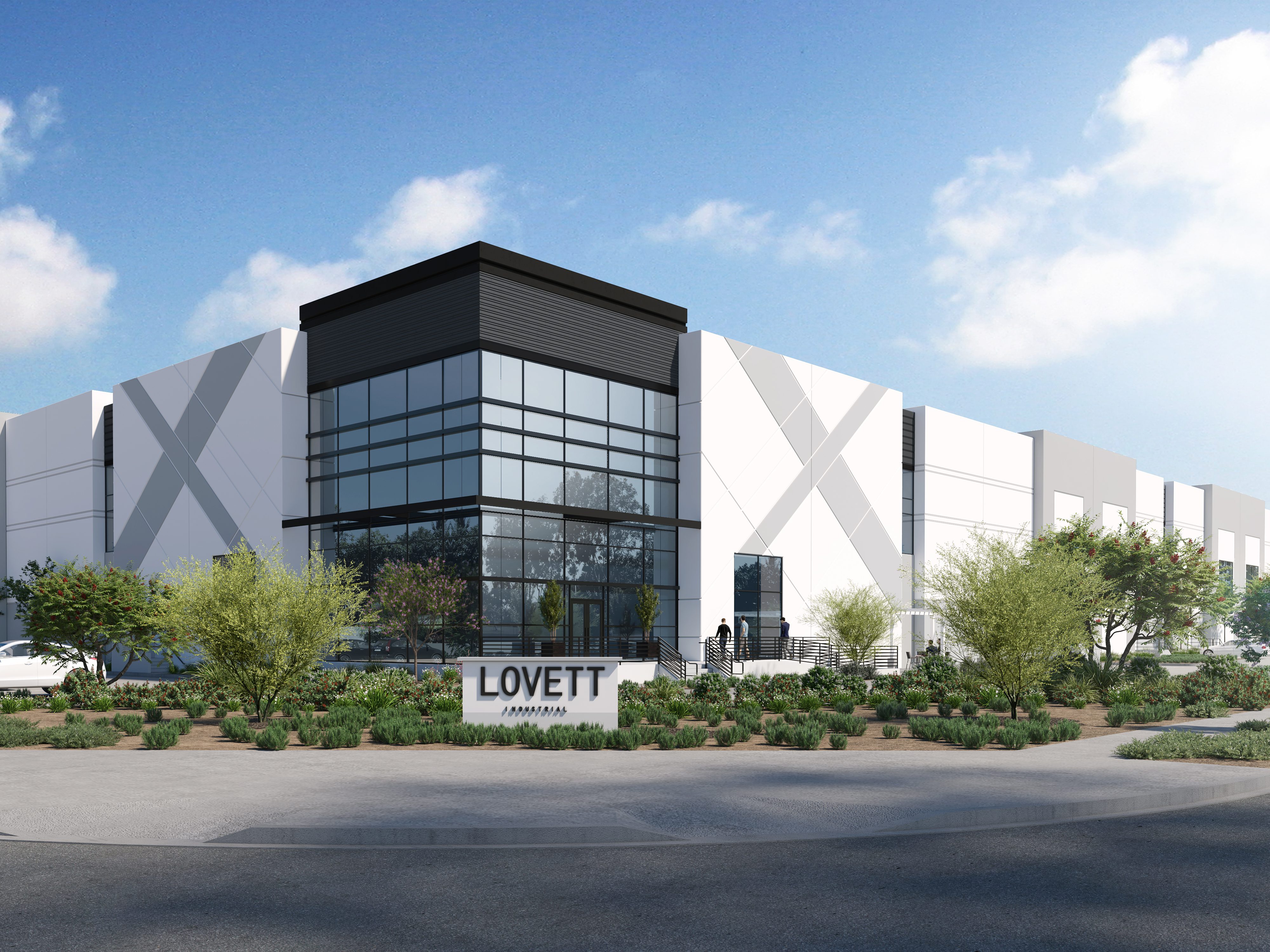What’s Next for Office? SIOR Conference Report
Bright spots can still be found even in this tough market, said executives at the annual event.

An office panel talks about how to protect tenants at the SIOR Fall 2023 event. Image by Jordana Rothberg
Office has had a tough couple of years, there are no doubts about that. However, there is good news and optimism is spreading. During the SIOR Fall 2023 Event in Chicago, experts are finding ways to navigate economic uncertainty and find successes in a challenging environment.
“I’m optimistic,” David Lockwood, executive vice president & chief operating officer of Colliers International in South Carolina and president of SIOR, told Commercial Property Executive. “I worry about the B and C office market tremendously but there is a bright future for development of Class A buildings.”
Lockwood explained that in previous downturns of the office market, it is tertiary markets that have struggled to retain demand while primary markets have remained strong. However, during this period of office market troubles, the exact opposite is true; it is the tertiary markets seeing more activity while primary markets struggle.
“Class A is going to continue to see really strong growth and even rental rate escalations,” he said. “We are also going to see a bigger disparity between Class A and Class B that we haven’t seen before, driven by what the workforce wants.”
What tenants want
Moving into 2024, high-quality office spaces are predicted to do well, with some experts anticipating increases in rental rates. To succeed, however, employers and employees need to find added value in their office leases.
“It is absolutely critical that for an office property to work well it is going to have to offer a value proposition that is very meaningful to the companies and the employees that want to work there,” Mike Ohmes, managing principal of the Cushman & Wakefield Minneapolis-St. Paul office & SIOR past president, told CPE. “That can be done by renovating existing buildings with an excellent location that need to update their amenities.”
READ ALSO: What’s Ahead for Industrial? SIOR Conference Report
Both Ohmes and Lockwood emphasized that it is not just the amenities within a building that count. For an office property to experience high occupancy rates, it has to have amenities in the surrounding area. This means multiple dining and entertainment options, access to green space and easy public transportation. Assets that do not have those complimentary factors are likely to struggle. Provided these amenities are present in a Class A office property, things are looking up.
“The highest-quality assets are leasing up and getting a premium because they are able to offer companies and employees what they are looking for,” said Ohmes.
Tenant protections
An office panel held at the conference discussed ways in which owners and tenants can protect themselves despite high interest rates. Michael Feuerman, managing director with Berger Commercial Realty, said that with sublease space rising, one way that tenants and subtenants are protecting themselves is through asking to see landlord financials. John LaRuffa, executive director with Cushman & Wakefield, noted that most landlords, however, do not want to show their financials and are still standing strong with respect to their financials and the building’s positioning.
One way the panel agreed that tenants can ensure further protection is through the addition of clauses to tenant agreements. These clauses can include tenant protections should the lessor default or subtenant protections in cases where the tenant defaults or walks away from the lease.
Challenges and successes ahead
There continue to be struggles for office assets, such as work from home trends, difficulty on the financing side of things, upcoming debt maturities, high amortization and a challenging rate environment. Unfortunately, very few of these factors are expected to get better any time soon.
“Many office investors have put their pencils down,” explained Ohmes. “If you have a good deal and great tenants and a nice rent roll with a weighted average lease term, people will look at it but then struggle on the financing side.” He continued that deals are still getting done but with more caution than ever. Where people can wait for more stability, they are going to pause.
While there is pain to be felt, Lockwood explained that none of the brokers attending SIOR are panicking.
“Nobody is hanging their head and saying ‘gosh, we have no business’,” Lockwood said. “Everyone is busy and being very creative, they are just having to work harder for what they are able to achieve.”







You must be logged in to post a comment.